Difference between LED and OLED – TV Take Face Off
LED vs OLED TV: Revealing the future display technology for enhancing your entertainment! In the rapidly evolving landscape of visual technology, the choice between LED (Light Emitting Diode) and OLED (Organic Light Emitting Diode) has become a pivotal decision for customers seeking the perfect display. The main difference between LED and OLED is its display.
LED, relying on a backlight system has long been the go-to for its vibrant and energy-efficient displays. In contrast, OLED’s revolutionary approach, with pixels composed of organic compounds emitting light independently, promises deeper blacks and richer colors. When choosing the best smart TV to buy, the TV buying guide helps to differentiate between different TVs.
Whether you are buying LED/LCD/OLED displays of various screen sizes, you need to know about the key differences among all. In this regard, smart TV reviews assist a lot. Nowadays, competition is always between LEDs and OLEDs. OLED vs LED TV power consumption, OLED TVs tend to use more energy than LED TVs. LED TVs, with their energy-efficient design, provide a more environmentally friendly and cost-effective solution, making them a practical choice for extended viewing.
As we navigate the intricacies of LED vs OLED TV, this blog will unravel the nuances, shedding light on the core differences that influence contrast ratios, color accuracy, and design possibilities, empowering consumers to make an informed choice in the quest for an immersive viewing experience. After detailed analysis, you can choose the budget-friendly TV for your family.
What is LED TV?
LED or Light Emitting Diode is a semiconductor device that emits light when an electric current passes through it. In the context of television displays, All the LED technology TV Models offer an array of these diodes to create a backlight, illuminating pixels on the screen. Known for its energy efficiency and vibrant displays, 4k-led smart TV has become a common and cost-effective solution in the world of visual technology. And, when shopping for an LED TV, consider the size of the LED, its resolution, and its features.
The Backbone of Brilliance: Backlighting with Diodes

All new edge-lit LED TVs , or Light Emitting Diode Televisions, harness the power of small diodes arranged across the screen. These diodes function as a backlight, illuminating pixels to create vibrant images. LED’s strength lies in its ability to offer impressive brightness levels, making it the best choice for bright environments.
Energy Efficiency in Action:
If you are looking for Energy-efficient Smart TVs, then choose one that is equipped with Smart TV technology. One of the standout features of Led technology is its energy efficiency. The precise control over each diode’s brightness allows for lower power consumption, making LED TVs Budget-friendly and environmentally good for prolonged use. This characteristic has solidified LED’s place as a reliable and sustainable choice.
Longevity and Durability:
4k UHD-led smart TVs boast an impressive lifespan, often exceeding 100,000 hours of use. The absence of organic materials susceptible to degradation contributes to LED’s durability. This longevity ensures that your investment in an LED display pays off over an extended period, making it a reliable choice for the long run.
LED TV apps
Most LED smart TVs come with pre-installed apps. YouTube is one of those apps but if LED TV lacks this app, it can be easily downloaded. YouTube app for smart TV download is possible through the Google Play app store. In addition, there are a few models of LEDs that work on Android OS. Although, LED supports less but offers some best Android TV apps regards entertainment, gaming, and music.
Moreover, LED TV has the Best LED controller app that helps to control the features and functionalities of smartphones and tablets. These apps are dedicated as remote control apps that may vary with brand and model.
WHAT IS OLED TV?
OLED, or Organic Light Emitting Diode, represents a cutting-edge display technology where each pixel is an organic compound that emits light independently when an electric current is applied. This unique approach eliminates the need for a traditional backlight, allowing OLED displays to achieve deeper blacks, higher contrast ratios, and unparalleled design flexibility in devices like televisions and smartphones.
Pixel Perfection:
4k resolution OLED TVs, or Organic Light Emitting Diode Televisions, mark a departure from the traditional LED backlighting system. In OLED displays, each pixel is an organic compound that emits light independently when an electric current is applied. This fundamental shift allows OLED to achieve deeper blacks, higher contrast ratios, and a level of design flexibility previously unseen.
Thin, Flexible, and Elegant Design:

The recent top smart TV brands like Samsung, TCL, and Ecostar focus on the elegancy along with the smart features. They offer slim design, a bezel-less display, that adds more essence to your bedroom. The absence of a backlight in OLED TVs translates to a remarkably thin and Flexible OLED display design. Manufacturers can create curved and even rollable displays, pushing the boundaries of design and offering a glimpse. The OLED not only enhances the visual experience but also transforms the very form factor of displays.
OLED capacitive touchscreen

OLED capacitive touchscreens combine the vibrant display of OLED technology with the responsive touch capabilities of a capacitive touchscreen, offering users a visually stunning and interactive experience on electronic devices.
Smart TV options
OLED TV offers more premium options than any other TV. Other than quality display and home integration, it supports Voice search functionality. Built-in voice control features allow each search of content, adjusting settings, and leading the home integration system. Moreover, OLED TVs also support multiple connectivity options including Bluetooth, USB, and HDMI, and the latest one is screen mirroring.
Access to streaming services
Those TVs are the best that give a high-quality streaming experience. Therefore, people look for compatible streaming accessories to enjoy live streaming. The OLED smart TVs have revolutionized the world of entertainment with their easy access to multiple streaming services such as Netflix, Hulu, Amazon Prime Video, and much more. Above all, these TVs show vast compatibility with popular streaming platforms. Before buying any TV smart TV streaming performance comparison also helps to make the right choice. Many brands like LG, Sony, and Samsung have the Best-selling Smart TVs for streaming. They design Award-winning streaming TVs that are both cost-effective and energy-efficient. The latest Models popular for streaming belong to LG and Samsung.
Addressing Limited Lifespan Concerns:
While OLED technology delivers stunning visuals, it is not without its challenges. The organic compounds (OLED) in OLED displays can degrade over time, potentially impacting brightness and color accuracy if not maintained properly. Manufacturers employ various techniques to improve this, but customers need to be aware of the potential trade-offs when choosing the OLED. Recently, the technology has proven OLED to be reliable and durable.
Difference between LED and OLED
The difference between LED and OLED lies in their fundamental display technologies. LED utilizes a backlight system with diodes to produce vibrant visuals, while OLED takes a revolutionary approach, allowing each pixel to emit light independently. Moreover, OLED TV features a high-resolution display with HDR support. This distinction results in OLED achieving true black, richer colors, and design flexibility, whereas LED, though energy-efficient and cost-effective, faces challenges in contrast ratios and color accuracy.
The choice between LED and OLED ultimately depends upon individual preferences, considering factors like visual quality, energy efficiency, and design aesthetics. In addition, both smart TVs feature connectivity options like Wi-Fi and Ethernet ports. Contrary to LED, OLED TV supports more streaming apps that can be controlled with voice control. Furthermore, OLED TVs offer more aggregated content platforms than LED due to the AI integration system.
| Features | LED | OLED |
| Display Technology | Light Emitting Diode | Organic Light Emitting Diode |
| Backlight | Relies on a backlight system of diodes | No traditional backlight, each pixel emits light independently |
| Contrast Ratios | Limited by the presence of a backlight, achieving lower contrast ratios | Achieves true black, resulting in infinite contrast ratios |
| Color Accuracy | Impressive color reproduction, occasional color shift due to backlighting | Richer and more vibrant colors, true-to-life visuals |
| Energy Efficiency | Energy-efficient, precise control over diode brightness | Can consume more power, especially during bright scenes |
| Lifespan | Long lifespan, often exceeding 100,000 hours | Limited lifespan due to potential organic compound degradation |
| Design Flexibility | Limited flexibility due to the presence of a backlight | Remarkably thin, flexible, and futuristic design possibilities |
| Price Points | Budget-friendly, well-established manufacturing process | Premium price tag due to cutting-edge technology |
| Environmental Impact | Generally, more environmentally friendly due to energy efficiency | Considerations due to potential degradation of organic materials |
| Visual Quality | Impressive visuals, may struggle with achieving true black | Superior visual quality, especially in terms of contrast and color |
| Use Cases | Widely used in various devices, cost-effective | Preferred for premium displays, high-end TVs, and futuristic designs |
If you think your smart TV whether LED or OLED does not support your desired apps, you can use the best streaming box for live TV such as Roku, Apple TV, or Fire TV to enjoy the exciting content.
Conclusion:
In conclusion, the choice and difference between LED and OLED televisions is a journey through contrasting technologies, each with its unique strengths. LED, powered by a backlight system, stands as a reliable and energy-efficient option, particularly well-suited for bright environments.
Its longevity and cost-effectiveness make it a lasting choice for users seeking a dependable display. Moreover, the main components of an LED TV are the power supply board, main board, T-Con board, LED driver board, and LED backlight.
On the other hand, OLED’s innovation lies in pixel resolution, offering true black, vibrant colors, and user-friendly design possibilities. While OLED dazzles with its thin and flexible displays, there are considerations, such as a potentially elongated lifespan. The decision depends upon individual preferences, balancing factors like visual quality, energy efficiency, and design aesthetics.
In addition, User ratings and testimonials on websites also help to make the right decision regarding TV. Whether you opt for LED’s reliability or OLED’s cutting-edge visuals, the world of visual technology has something for everyone. Choose the best smart TV for your home, because longtime Warranty and support options are always available at your ideal NexGen store.

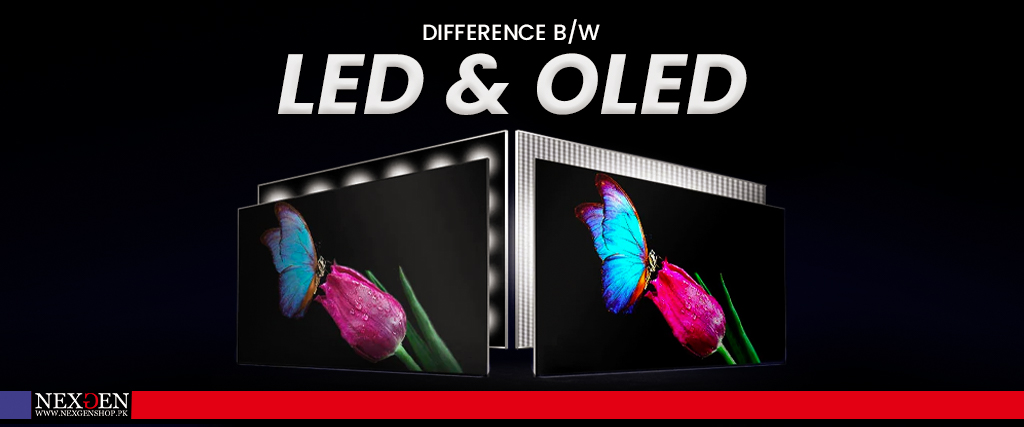


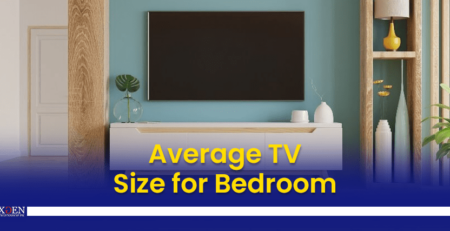
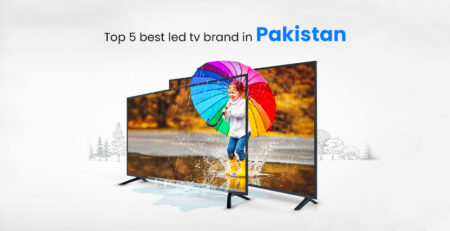
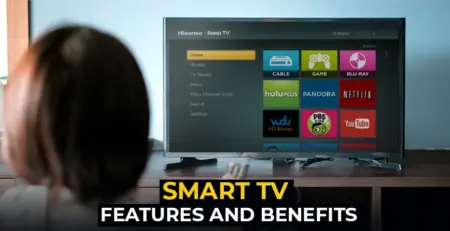
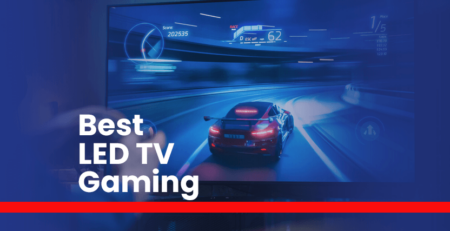
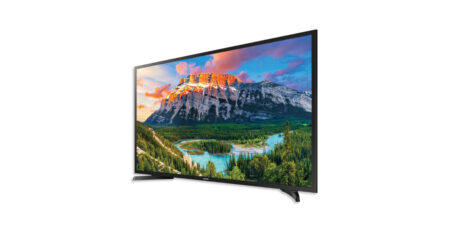

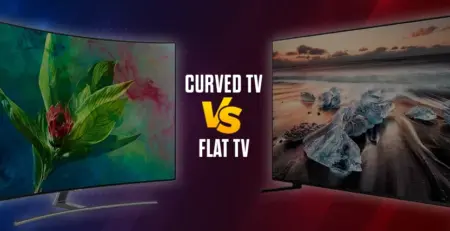
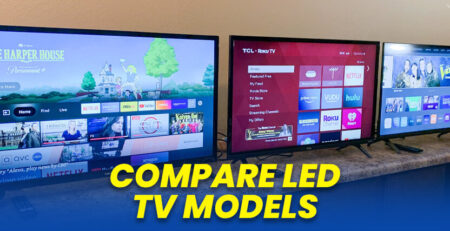



LEAVE A COMMENT